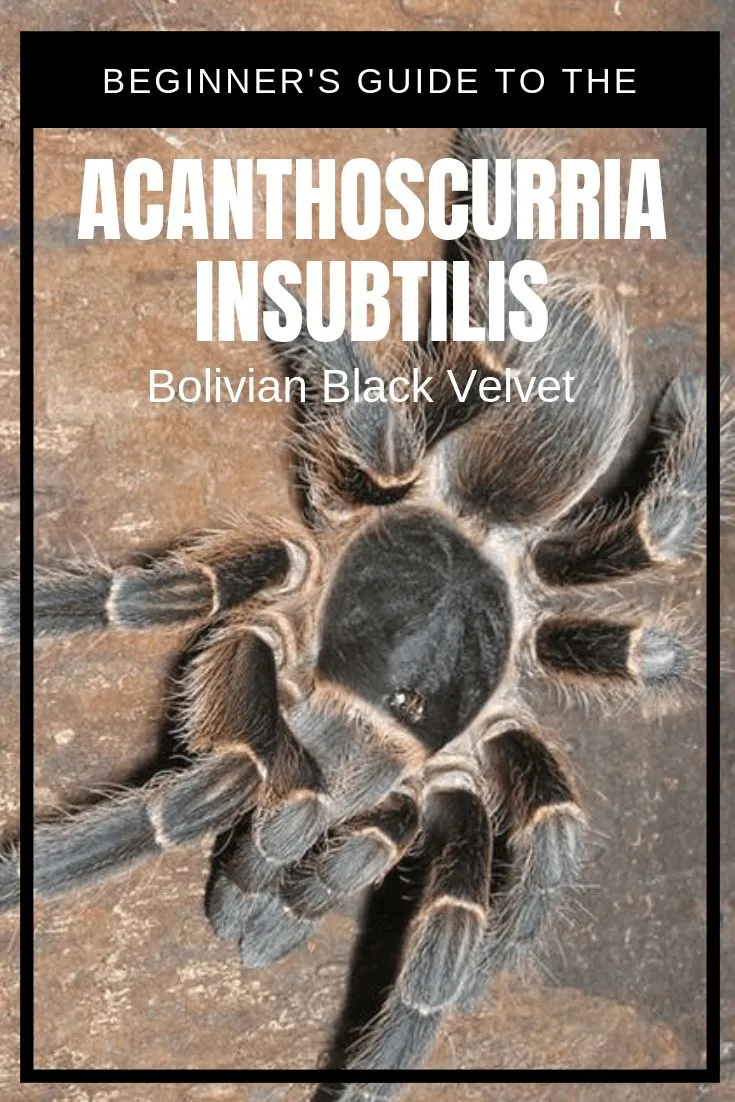What is a Bolivian Black Velvet Tarantula?
The Bolivian Black Velvet Tarantula (Grammostola pulchra) is a captivating species of tarantula, renowned for its striking appearance and relatively docile temperament. Native to the grasslands of Southern Brazil and Paraguay, this spider has gained popularity among tarantula enthusiasts as a pet due to its manageable size, beautiful coloration, and manageable care requirements. These tarantulas are often admired for their velvety black coloration, which gives them their common name. Their calm demeanor makes them a good choice for both novice and experienced keepers. Understanding the specifics of this species is crucial for anyone considering owning one, as responsible pet ownership involves providing the right environment, diet, and care to ensure the tarantula thrives. The Bolivian Black Velvet Tarantula is a fascinating creature that offers a unique glimpse into the world of arachnids.
Appearance and Characteristics
The Bolivian Black Velvet Tarantula is immediately recognizable due to its uniformly dark, velvety black coloration, which covers its entire body, including the legs, carapace (the top part of the body), and abdomen. This deep, rich black gives them a luxurious appearance, hence the name. Their bodies are covered in fine hairs, which contribute to the velvety texture. In terms of size, they are considered a medium-sized tarantula, with females generally growing larger than males. The legs are thick and sturdy, designed for both walking and burrowing. These tarantulas have chelicerae (mouthparts) with fangs that they use to inject venom, primarily for subduing prey, although their venom is not considered medically significant to humans. The overall appearance is robust and intimidating, yet their gentle nature often surprises those unfamiliar with tarantulas.
Size and Lifespan
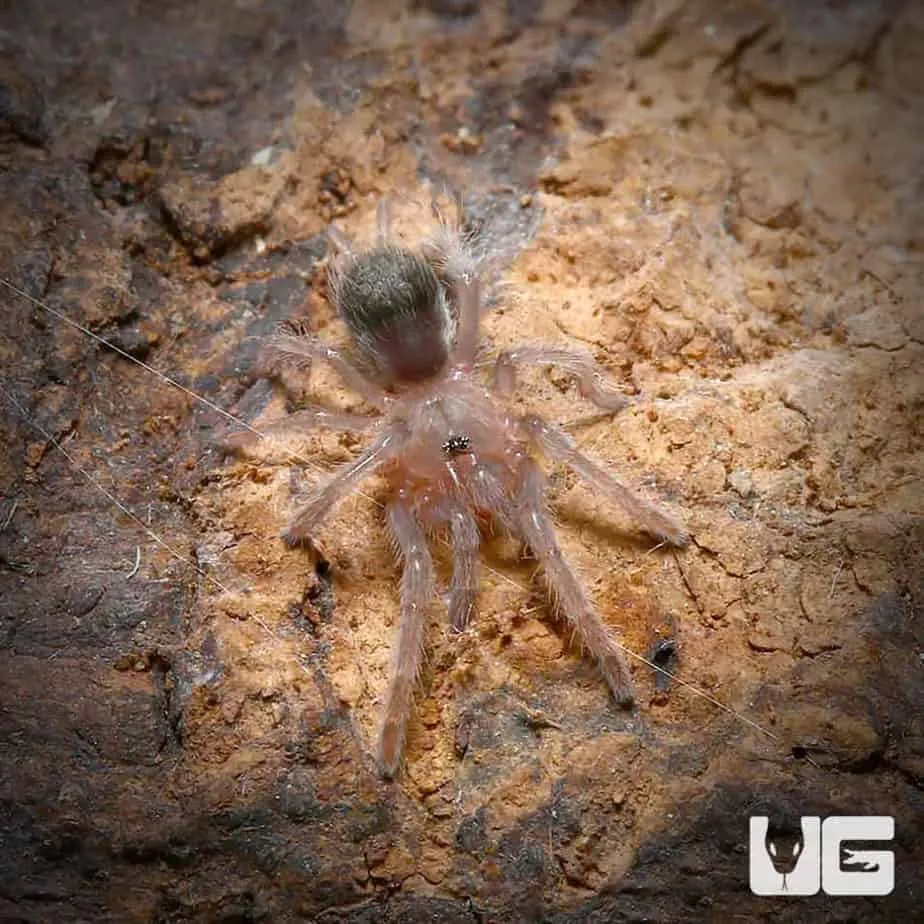
The size and lifespan of a Bolivian Black Velvet Tarantula vary based on sex and care. Adult females typically reach a leg span of about 5 to 6 inches, while males are generally smaller. The most significant difference is in their lifespan. Female Bolivian Black Velvet Tarantulas can live for an impressive 20 to 25 years under optimal conditions, making them a long-term pet commitment. Males, on the other hand, have a much shorter lifespan, often only living for about 5 to 7 years. This difference in longevity is a crucial factor to consider when choosing between a male or female. Factors such as diet, temperature, and the overall health of the tarantula also influence its size and lifespan. A well-cared-for tarantula will likely live longer and grow to be a healthier specimen.
Where They Are Found
Native Habitat
Bolivian Black Velvet Tarantulas are native to the grasslands of Southern Brazil and Paraguay. They are terrestrial spiders, which means they live primarily on the ground. These areas typically feature a subtropical climate with distinct wet and dry seasons. The terrain provides ample opportunities for these tarantulas to burrow and create their own habitats. The presence of grasses, shrubs, and other vegetation provides cover and helps regulate the temperature and humidity of their surroundings. Understanding their natural habitat is crucial for replicating the right conditions in captivity, ensuring the tarantula’s health and well-being. The environmental conditions such as temperature, humidity and substrate composition are all elements that must be taken into account to mimic the natural environment.
Burrowing Behavior
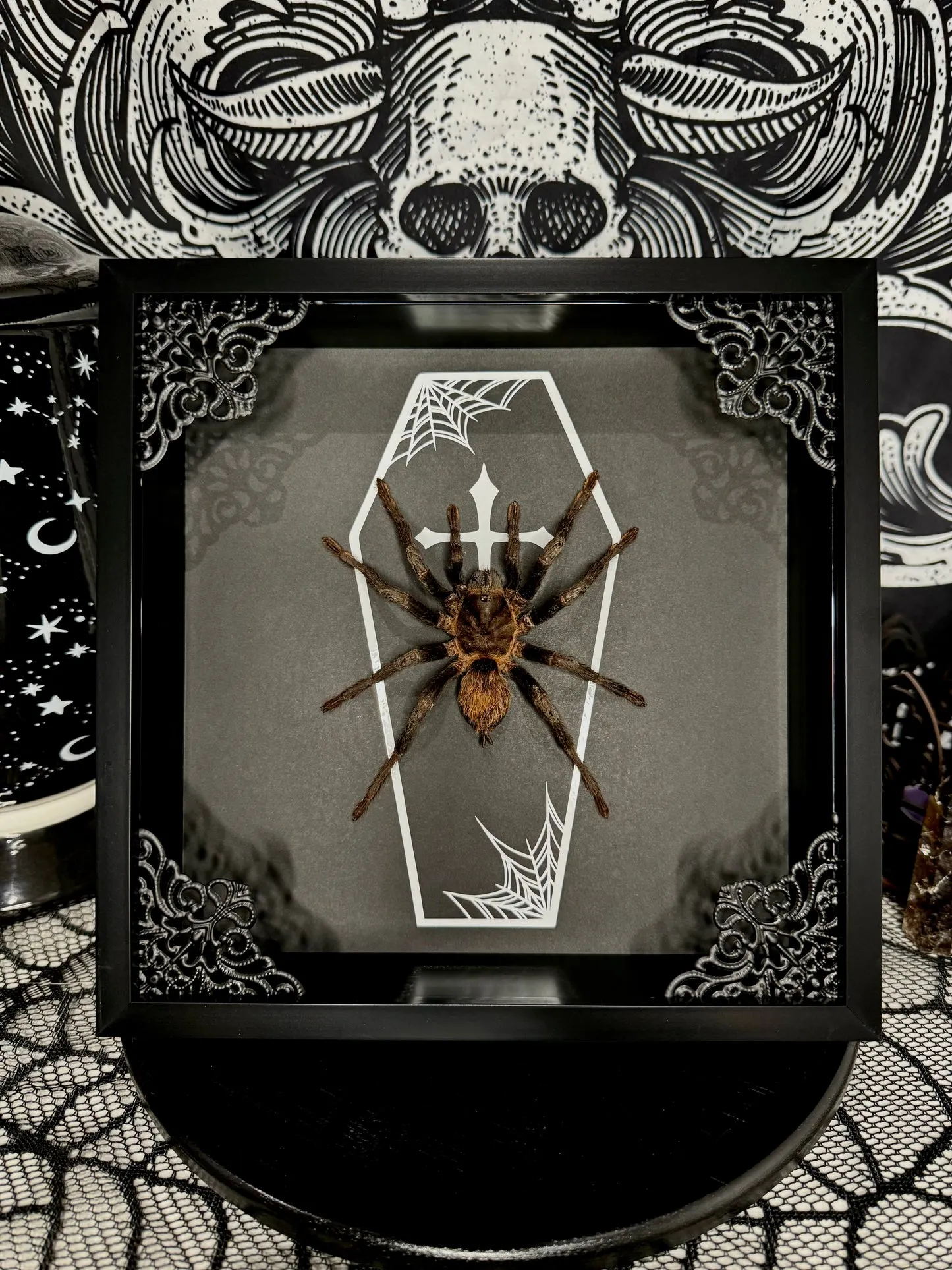
These tarantulas are known for their burrowing behavior, which is a significant aspect of their natural lifestyle. In the wild, they dig burrows in the ground to create secure shelters from predators and environmental extremes. The burrows also provide a stable microclimate, maintaining optimal temperature and humidity levels. When kept in captivity, they still exhibit this behavior, so providing a suitable substrate that allows them to burrow is essential. This substrate should be deep enough for them to dig and create their own hiding places. This natural instinct allows them to feel safe and secure within their enclosure. Mimicking this behavior with the appropriate substrate is a key to ensuring a happy, healthy pet tarantula.
Common Behaviors
Defensive Mechanisms
While generally docile, Bolivian Black Velvet Tarantulas have defensive mechanisms they employ when threatened. The primary defense is their urticating hairs. If the tarantula feels threatened, it will flick these hairs from its abdomen toward the perceived threat. These hairs are irritating to the skin and eyes, serving to deter predators. They may also exhibit a threat posture, rearing up on their legs and displaying their fangs. This is a warning sign indicating that they feel threatened and may bite if provoked further. Understanding these behaviors is crucial for responsible handling and for creating a safe environment for both the tarantula and the keeper. Avoiding sudden movements and loud noises helps to minimize the risk of triggering a defensive response.
Feeding Habits
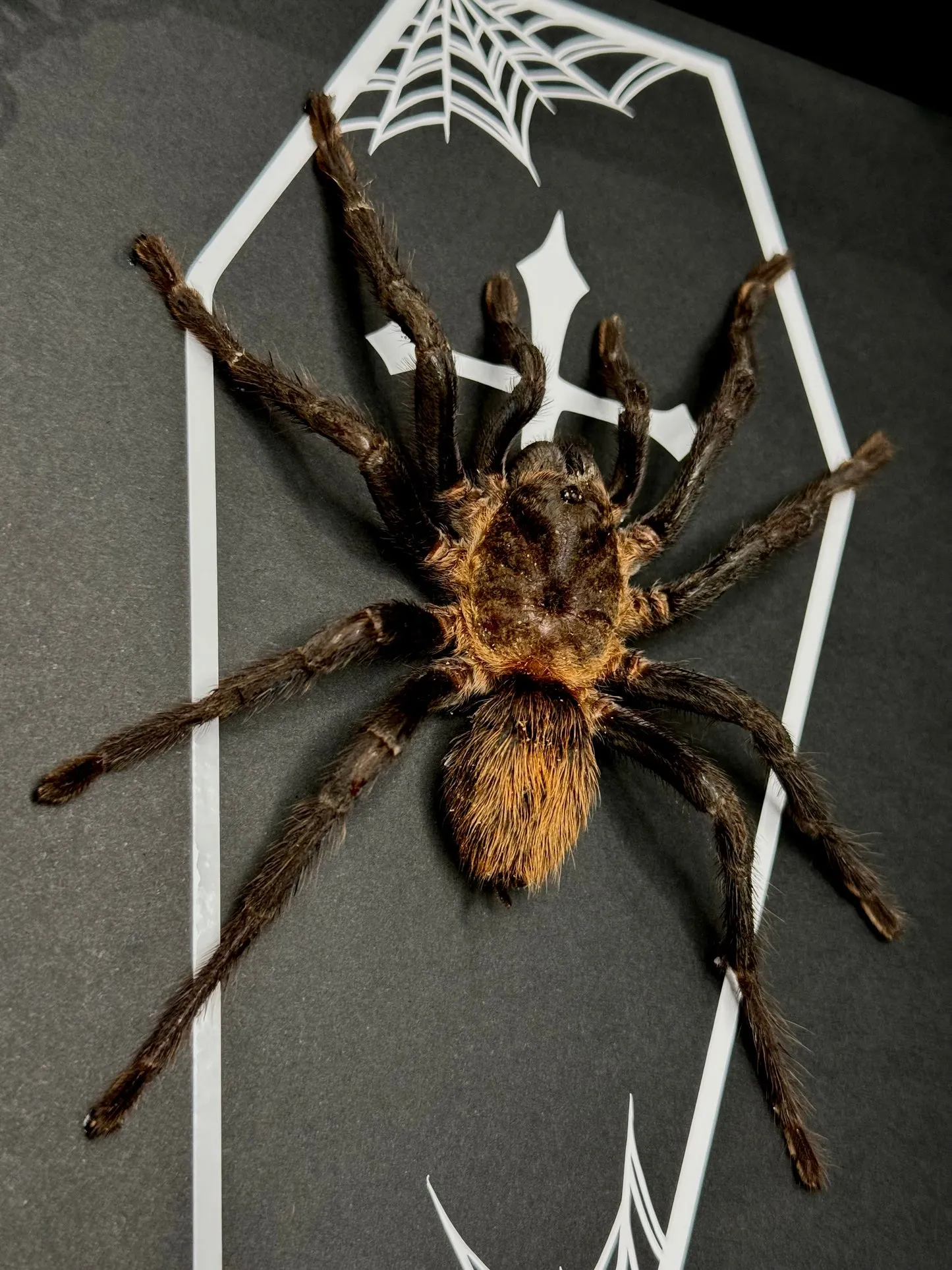
Bolivian Black Velvet Tarantulas are opportunistic predators, meaning they will eat almost anything that they can subdue. In the wild, their diet consists mainly of insects, but they may also consume small invertebrates and even small vertebrates if the opportunity arises. In captivity, they are typically fed a diet of crickets, cockroaches, mealworms, and other commercially available insects. The size and frequency of feeding depend on the tarantula’s age and size. Juveniles need to be fed more frequently than adults, often several times a week. Adults can be fed every one to two weeks. It’s crucial to ensure the prey is appropriately sized to prevent the tarantula from being injured. Providing a varied diet can contribute to the overall health and longevity of the tarantula. Uneaten prey should be removed from the enclosure to prevent stress and potential injury to the tarantula.
Care and Keeping
Enclosure Requirements
Creating the right enclosure is paramount to the well-being of a Bolivian Black Velvet Tarantula. The enclosure should be appropriately sized for the tarantula’s size and age, with enough space for it to move around, burrow, and have a hiding place. A general rule of thumb is to provide a space that is about three times the tarantula’s leg span. The enclosure should be well-ventilated but secure to prevent the tarantula from escaping. The substrate is a critical component, as it allows the tarantula to burrow. A mixture of peat moss, vermiculite, and coconut fiber is often recommended. It should be deep enough to allow the tarantula to burrow and provide a humid environment. Decorating the enclosure with a hide, such as a cork bark or half log, allows the tarantula to feel safe. A shallow water dish is essential to provide a constant source of fresh water.
Humidity and Temperature
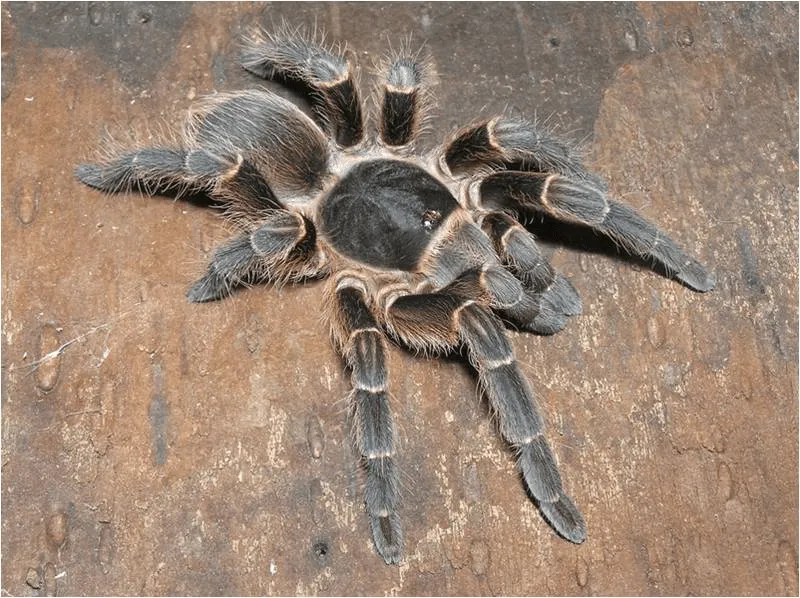
Maintaining the correct humidity and temperature levels is essential for the health of a Bolivian Black Velvet Tarantula. They thrive in a moderate humidity range of 65% to 75%. This can be achieved by regularly misting the enclosure with water, especially in drier environments, and ensuring the substrate is slightly damp. The temperature should be maintained between 75°F and 85°F (24°C to 29°C). This can be achieved by using a heat mat or a ceramic heat emitter. It’s important to place the heat source on the side of the enclosure, as tarantulas are sensitive to heat. Using a thermometer and hygrometer helps to monitor the environmental conditions and adjust them as needed. Consistent monitoring and adjustment will contribute to the overall health of your tarantula.
Diet and Feeding
A balanced diet is vital for the well-being of a Bolivian Black Velvet Tarantula. Feed juveniles every few days and adults every week or two. Crickets and cockroaches are good choices. The size of the prey should be appropriate for the tarantula’s size, with the prey being no larger than the tarantula’s body. Overfeeding can be detrimental, so observe your tarantula’s feeding habits. Remove any uneaten prey within 24 hours to avoid stressing the tarantula and preventing potential injury. Supplementing the diet with occasional mealworms or other insects adds variety. Always provide a shallow water dish with fresh, clean water to ensure your tarantula stays hydrated. Regular feeding and a consistent water supply contribute to a happy and healthy tarantula.
Interesting Facts
Molting Process
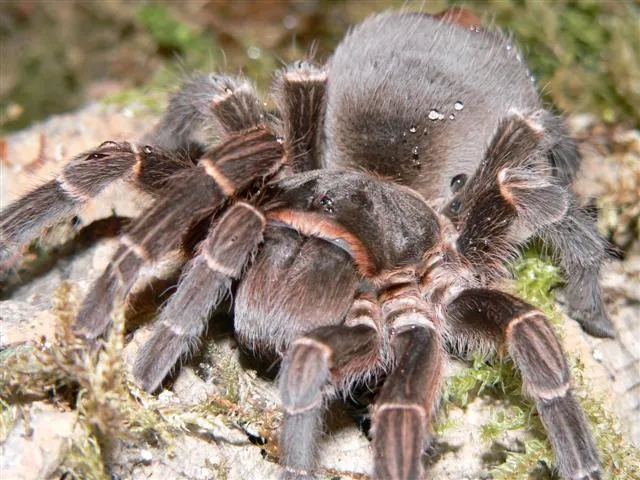
The molting process is a fascinating part of a tarantula’s life cycle. As a tarantula grows, it sheds its exoskeleton, a process known as molting. During this time, the tarantula will typically become inactive, may refuse food, and might lay on its back. The tarantula’s new exoskeleton will be underneath the old one. The process can take several hours or even days. Avoid disturbing the tarantula during the molt, as it is vulnerable. After molting, the tarantula’s colors are often more vibrant. The tarantula’s fangs also grow during this process, and they will become much more useful in catching prey. It is important to avoid feeding the tarantula until its new fangs have hardened, usually about a week. Provide ample water during this period to facilitate the process. The molt process is essential for growth and health.
Breeding
Breeding Bolivian Black Velvet Tarantulas requires careful planning and knowledge of the species. The process involves introducing a mature male to a mature female in a controlled environment. The male tarantula will approach the female and attempt to mate. If the female accepts, the mating process takes place. Afterward, the female may lay an egg sac, which she will guard and care for. The eggs will hatch, and the spiderlings will develop. Breeding tarantulas is an advanced aspect of tarantula keeping and is not recommended for beginners. The process requires a thorough understanding of the tarantula’s behavior, environment, and requirements. The keeper must also be prepared to care for the spiderlings. If the keeper is successful, they contribute to the growth of the hobby.
